Here’s what happens when you drop your phone:
The short answer is, it really depends.
Many drops are harmless to phones, but some can be completely devastating.
The different outcomes depend on how the phone is dropped, how it is designed, and what extra layers of protection might be at play.
If you want to learn all about what happens to your phone when you drop it including potential internal damages, then you’re in the right place.
Keep reading!
- Dropping Phone: Affects Phone’s Performance?
- Charging Phone: How Long Does It Take?
- How To Destroy a Phone Without Anyone Knowing: 10 Ways
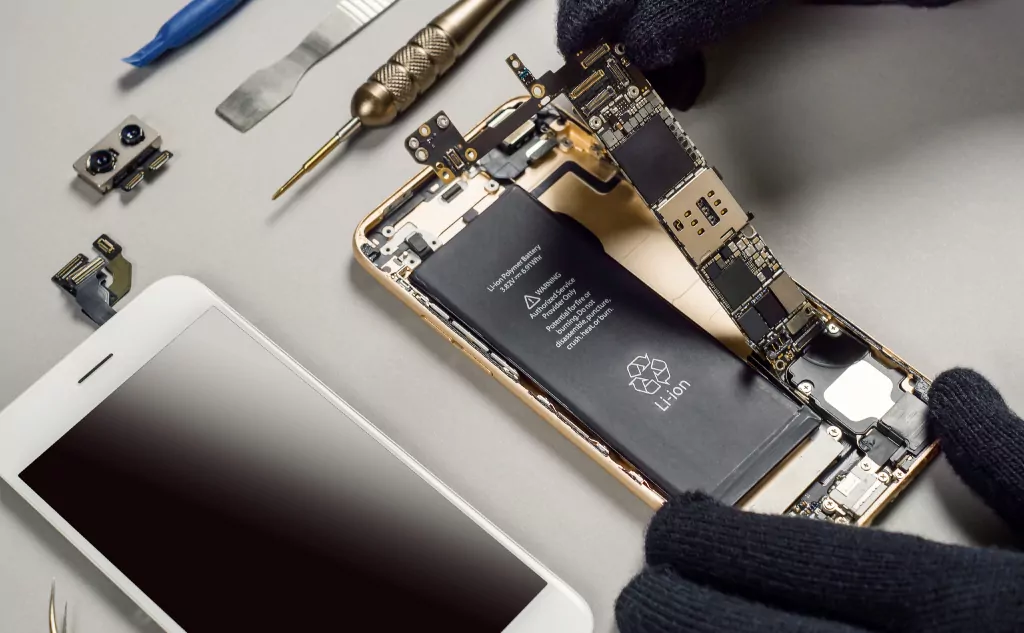
How Do Phones Deal With Impact?
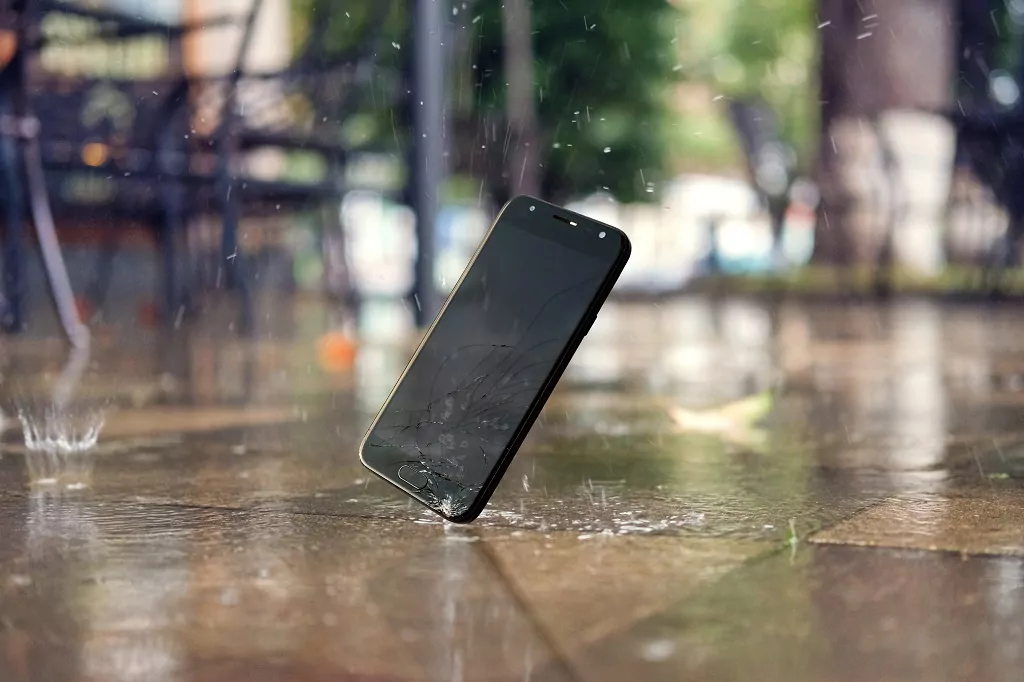
What really occurs when a phone is dropped?
We all know enough physics to see that the phone falls and hits the ground (or whatever “catches” it).
What does that mean for the phone?
Well, in most cases, the phone has to absorb the impact and deal with the shock, or it will break.
As fragile as a phone might feel, it is designed to deal with drops.
Engineers expect phones to get dropped every now and then, and they try very hard to make phones that can withstand a couple of drops here and there.
There are no guarantees, though.
Despite the design, any one drop could be the phone killer. But, the design ideas and features at least give your phone a fighting chance.
The first design element to consider is immobility.
Phone components are designed to move as little as possible.
Moving parts are the enemy when a phone is dropped, so as many components as can be are soldered into place and held securely.
Granted, there are limits to how well this can be done in such a small space.
Reducing movement helps the phone transfer the impact to the outer casing.
The strongest part of the phone is designed for falls and absorbs as much of the impact as it can.
Everything inside the casing is just along for the ride.
This is similar to how cars protect passengers.
When you wear a seat belt, it’s harder for you to get thrown around inside of the car.
In a collision, the car takes the damage, and the people inside are protected.
Without a seat belt, things get a lot more dangerous because you can freely move.
Phones also use durable components.
Modern phones take this idea up a notch because computer components aren’t people.
You can completely restrict any movement for the components to maximize this protective feature.
If you compare a modern phone screen to one from 10 or 20 years ago, the glass quality has gone up considerably.
The glass is now part of the “durable structure” that absorbs impact for a phone.
Modern glass can still crack, but it holds up better than its predecessors did.
The same can be said for phone bodies. They typically use a metal skeletal structure covered in softer outer layers.
The metal structure holds everything in place rigidly while the softer layer absorbs some of the hit from a drop.
Modern phones aren’t necessarily perfect, but design improvements have led to phones that survive more falls than they would have in the past.
Does Dropping a Phone Affects the Phone’s Performance?

When the phone is dropped but there is no visible damage, does it still affect its performance?
In the majority of cases where a phone is dropped, the device is just fine, but it is possible for a drop to damage a phone and affect its performance.
These performance differences can range from bricking the phone to cracking the screen to other problems.
Ultimately, a lot can go wrong, even if it’s usually fine.
Learn all about how dropping your phone can affect your phone’s performance here.
How Different Phone Drops Impact Your Phone? (3 Scenarios)
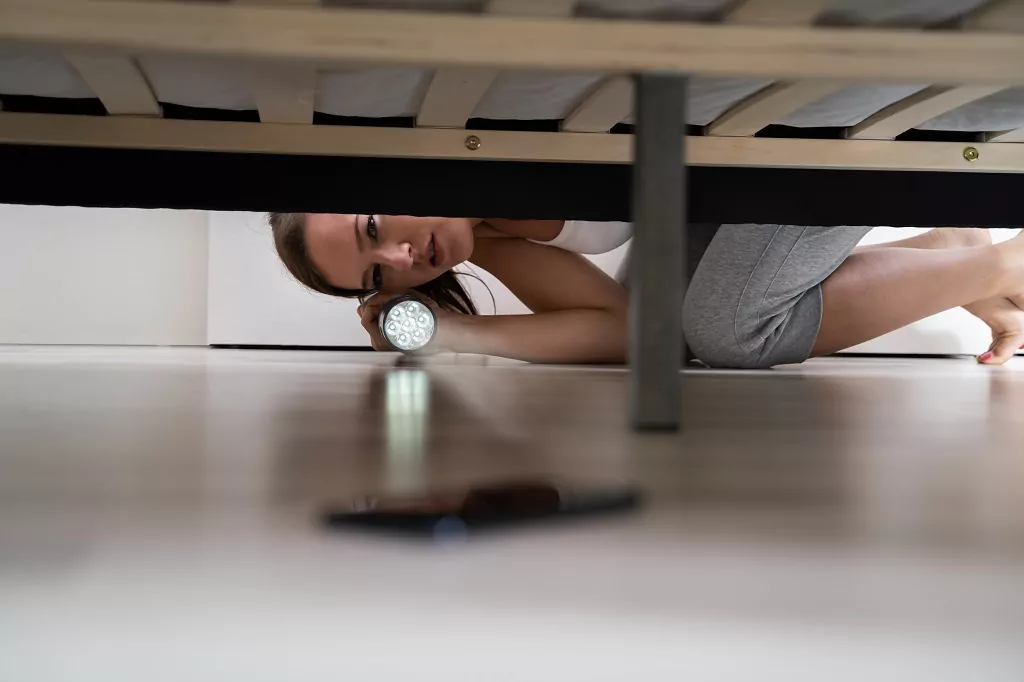
Even with protective design features, some phones don’t survive a drop.
That mostly comes down to how the phone is dropped.
Not all falls are equal, and understanding the mechanics of how these things vary can help you better protect your phone.
Obviously, dropping your phone six inches onto your bed isn’t so scary.
Fumbling it from reading height onto a concrete sidewalk will probably make you gasp.
There are two aspects of a drop that determine how dangerous it is: impulse and pressure.
#1 Impulse in a Phone Drop
Impulse describes how quickly the phone stops.
Your bed cushions the fall, and that means that the phone doesn’t instantly lose all of its downward speed.
That gradual slowdown is easier on the phone.
Concrete, on the other hand, doesn’t squish at all.
When the phone lands, it instantly loses its downward momentum.
It might even bounce off of the concrete, indicating an even more extreme change in motion.
This rapid change in speed is more likely to cause damage.
Using these examples, the impulse related to dropping your phone on the bed is lower than the impulse of dropping it on concrete.
Pressure is arguably more important.
#2 Pressure in a Phone Drop
Have you ever seen someone try to break down a car with a sledgehammer?
The first swing of the windshield often doesn’t even crack the glass.
At the same time, you can drive down the highway, and a tiny pebble will hit your windshield.
The spider web of cracks from that little rock is severe enough that you have to pay for a whole new windshield. This is pressure.
Even though the sledgehammer hits harder, the force of impact is spread across the entire surface of the hammer’s head.
The rock applies force over a much smaller area, meaning the pressure is much higher.
This matters for your phone.
When you drop your phone on the bed, the squishiness of the soft materials will sort of cradle the phone when it lands.
It creates a large area of contact with the phone, and everything is fine.
If you drop your phone on a rock on the ground, the tiny area of that rock is what contacts the phone to stop it.
The greater pressure increases the risk of damage.
This is why it’s usually better for your phone to land screen down than on its corner.
If the corner of the phone hits first, that’s a smaller area of impact, and the pressure is much greater and more dangerous.
#3 Dropping Phone Into the Water

Then, there’s water.
Dropping your phone in water isn’t great in terms of impulse and pressure.
But, if your phone isn’t water-safe, it’s in big trouble.
That’s because water can get in the nooks and crannies of the phone and short out all of the circuits.
You can see why the particular nature of the fall is as important as anything we might do to try to protect the phone.
No matter your efforts, sometimes a fall will be unlucky, and the phone will be damaged.
That said, there are protective measures you can take to protect your phone, and we’ll get into them soon.
First, we want to better understand what kind of damage might impact the phone.
What Kinds of Damage Occur in the Phone After a Drop?
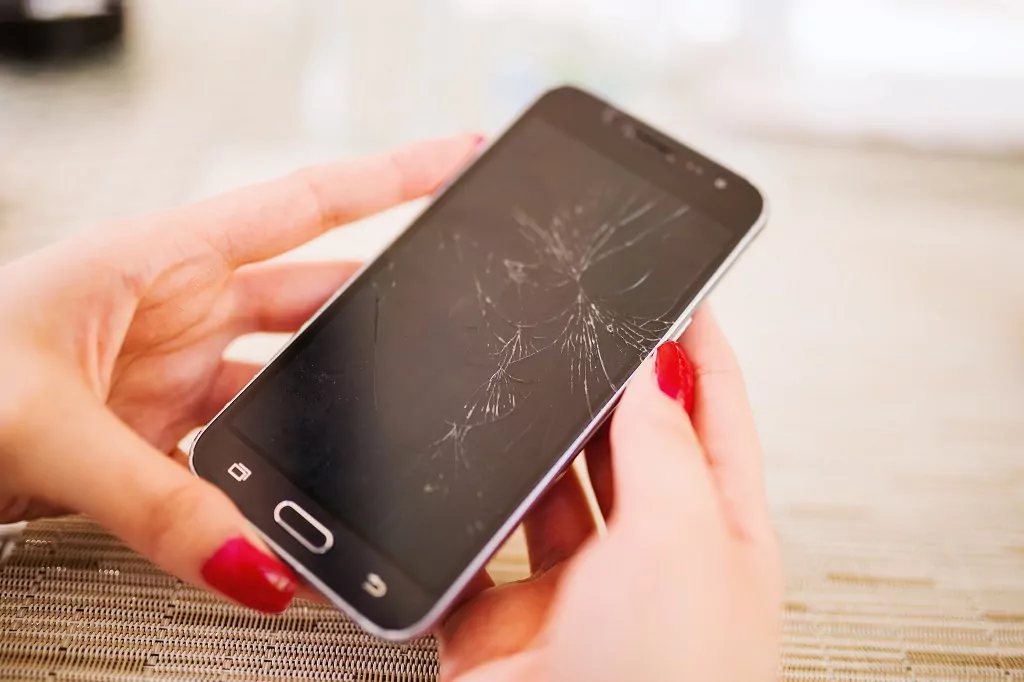
The most obvious and common form of phone damage is the infamous broken screen.
Pretty much everyone has seen this at some point, and the sections above cover how this happens.
Another common source of damage occurs in the camera.
The camera lens is usually made with very strong glass, but it’s still glass. If the camera lens is scratched, cracked, or otherwise damaged, it can completely ruin the camera.
That type of damage circles back to the concepts of impulse and pressure.
Another scary idea is internal damage, and it can happen.
Despite the designs that try to protect the insides of your phone, it is a complicated tool with tiny, fragile, intricate parts.
Damage to any small part can impact the whole phone, and it’s something that happens all too often.
One common source of internal damage is small fractures or fissures in the circuitry.
Usually, these fractures occur on the circuit board that holds everything together.
These small fractures usually won’t outright kill the phone. Instead, they slow things down and make the phone less reliable.
In a lot of cases, this type of damage gets worse in cold weather.
The low temperatures cause the internal components to shrink just a little bit, and that shrinkage increases the gaps in the tiny fissures.
Major damage happens when the joints inside of the phone break.
All of the soldering that holds the phone together can fail.
Other parts of the internal components can outright snap in a number of locations. When that happens, the damage is severe, and the phone will likely fail to work at all.
Do Screen Protectors Make a Difference in a Phone Drop?
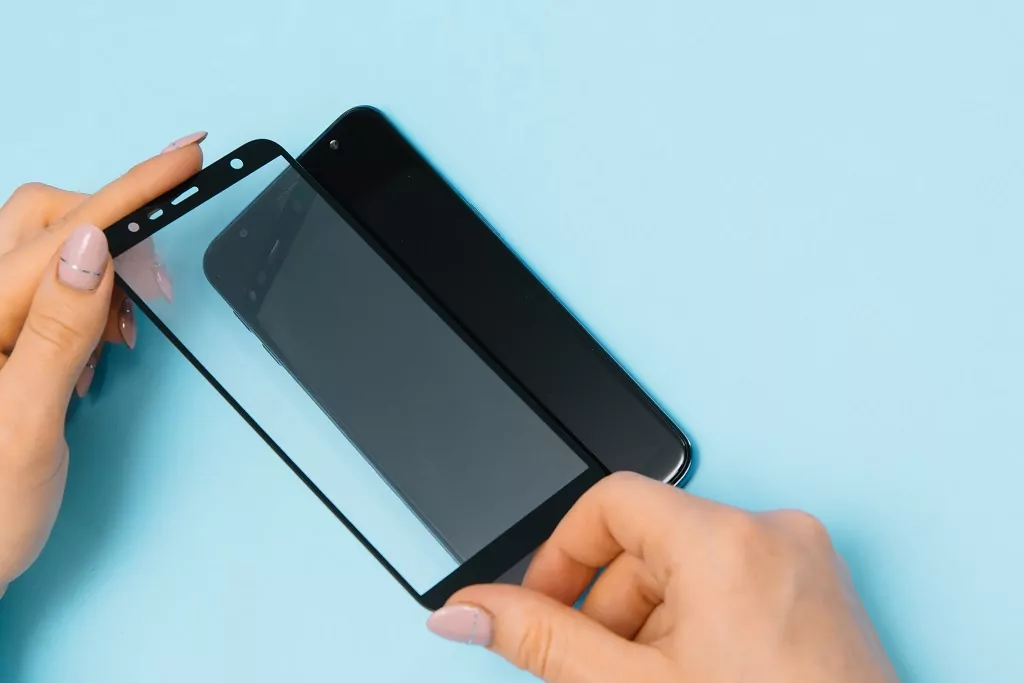
So, with all of these concerns about dropping a phone, what can we do?
You’ve heard of screen protectors, and it’s fair to wonder if they really work.
The fact of the matter is that they are extremely useful.
First, they reinforce the screen. As we discussed earlier, the screen is part of the phone’s exoskeleton.
Anything that makes the outer protective layer of the phone stronger is good.
Second, modern screen protectors are designed to shatter. That might sound counterintuitive, but shattering is super useful for protecting your phone and its screen.
All of the energy from a drop that is spent on shattering the screen protector is energy that isn’t hurting any other part of the phone.
Modern screen protectors are made of shatterable materials so that they can absorb more energy.
That creates an additional layer of protection for the phone. It’s the same reason that modern cars accordion when they get into a frontal collision.
The energy collapsing the front of the car isn’t hitting the passengers. That’s a good thing.
What About Phone Cases?
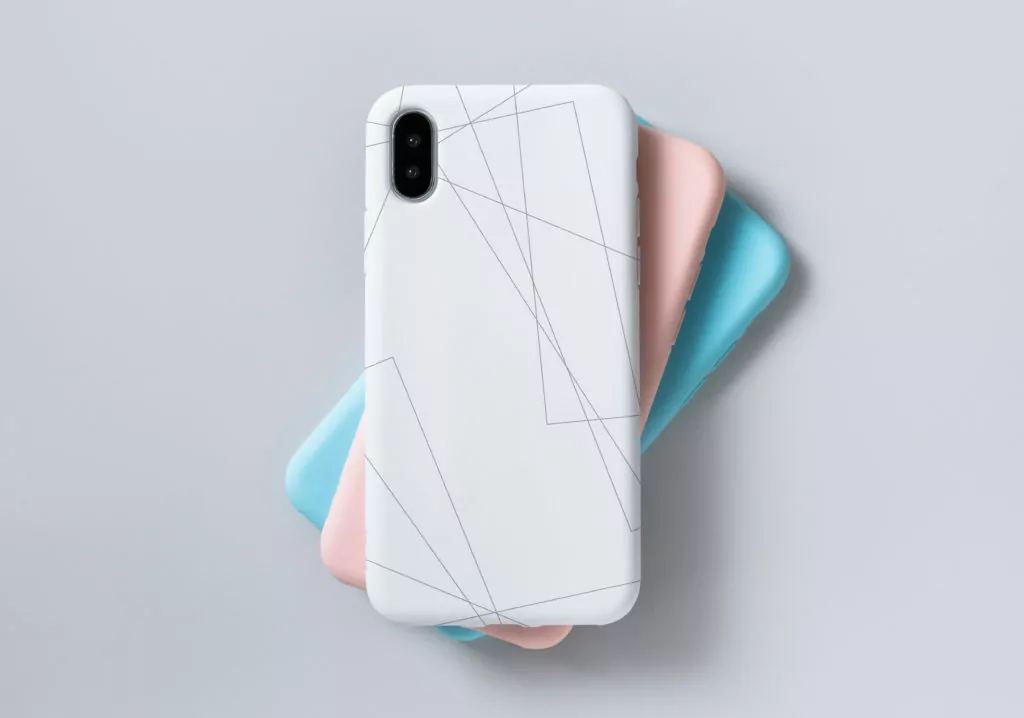
Phone cases are another form of protection that can help your phone if it is dropped.
When designed correctly, they are very effective in protecting your phone.
As already stated, phone cases can reinforce the protective layer. That’s already a win, but good cases don’t stop there.
They are also designed to absorb energy. This is why they aren’t made of strong metals.
Instead, they are usually plastic or rubbery.
The idea is that these materials can give a little bit of squish to the phone that helps to reduce impulse.
It’s like wrapping your phone in a blanket before you drop it but in a practical way.
How to Destroy a Phone Internally Without Breaking or Putting Into Water?

Breaking a phone without leaving any obvious signs that you broke it?
Here are 10 ways to do so:
- Completely erase the phone
- Overwrite hardware controllers
- Download a destructive virus
- Use a magnet
- Remove components
- Heat the phone up
- Freeze the phone
- Kill the circuits
- Kill the battery
- Encrypt the phone
Learn all about how to destroy a cell phone internally without breaking it or putting it into water here.

